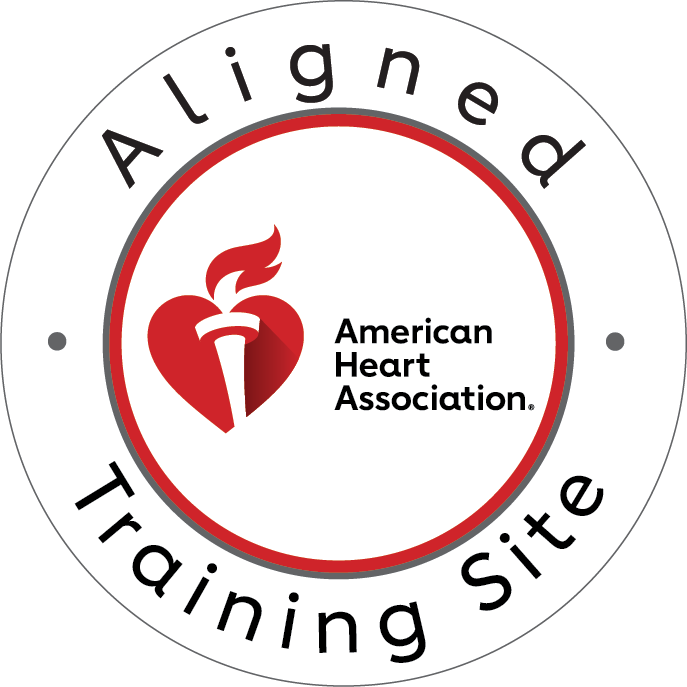Understanding the Importance of Pediatric CPR
Pediatric Cardiopulmonary Resuscitation (CPR) is a critical skill that can save lives in emergencies involving infants and children. While the thought of administering CPR to a child can be daunting, being equipped with the right knowledge and techniques is essential for effectively responding to such emergencies.
In collaboration with CPR Jackson FL, an esteemed American Heart Association training site, this article aims to provide a comprehensive guide to performing Pediatric CPR. From understanding the nuances of pediatric resuscitation to hands-on practice and training resources, we delve into the essential aspects that empower individuals to confidently respond in emergencies involving infants and children.
Understanding Pediatric CPR
Pediatric Cardiopulmonary Resuscitation (CPR) is a specialized life-saving technique designed for infants and children experiencing cardiac arrest or respiratory failure. While the core principles of CPR remain consistent across age groups, there are crucial differences in technique and approach when performing CPR on pediatric patients compared to adults.
A. Key Differences from Adult CPR:
- Anatomy and Physiology: Infants and children have anatomical and physiological differences that impact the CPR technique. Their smaller airways and chests require modifications in the application of chest compressions and rescue breaths.
- Etiology of Cardiac Arrest: Unlike adults, pediatric cardiac arrests often stem from respiratory causes such as choking, drowning, or respiratory infections. As a result, effective airway management and prompt intervention are paramount in pediatric CPR.
- Compression-to-Breath Ratio: The recommended compression-to-breath ratio in pediatric CPR differs from adult CPR. It typically involves a higher ratio of compressions to breaths to optimize circulation and oxygenation in pediatric patients.
B. Importance of Proper Technique:
- Ensuring Adequate Circulation: Effective chest compressions are vital for generating blood flow to vital organs, including the brain and heart, during cardiac arrest. Proper compression depth, rate, and recoil are essential for maintaining circulation.
- Securing the Airway: Maintaining a clear and patent airway is critical for oxygenation. Proper head positioning, chin lift, or jaw thrust maneuvers may be necessary to establish and maintain an open airway in pediatric patients.
- Providing Adequate Ventilation: Rescue breaths deliver oxygen to the lungs and remove carbon dioxide. Adjustments in breath volume and technique may be required based on the age and size of the child.
III. Preparation for Pediatric CPR
Before initiating pediatric CPR, proper preparation is essential to ensure an effective and safe response. This involves assessing the scene, ensuring the safety of the rescuer and the child, and promptly calling for additional assistance when needed.
A. Assessing the Scene:
- Survey for Safety Hazards: Before approaching the child, assess the surroundings for any potential hazards such as traffic, electrical wires, or dangerous objects.
- Ensure Adequate Space: Create a clear area around the child to facilitate CPR maneuvers and allow for unrestricted movement.
- Check for Responsiveness: Gently tap or shake the child and shout to assess responsiveness. If the child is unresponsive, immediately proceed to the next steps.
B. Ensuring Safety for Rescuer and Child:
- Use Personal Protective Equipment (PPE): Wear gloves and, if available, a face mask to protect against exposure to bodily fluids and potential infectious agents.
- Position the Child Appropriately: Lay the child on a firm, flat surface with their back facing upwards. Ensure proper alignment of the head and neck to maintain an open airway.
- Consider Spinal Precautions: If trauma is suspected, take precautions to minimize movement of the child’s spine while initiating CPR maneuvers.
C. Calling for Help:
- Activate Emergency Medical Services (EMS): If you are alone, initiate CPR for approximately two minutes before leaving the child to call emergency services. If others are present, delegate the task of calling EMS while you begin CPR.
- Provide Clear Information: When contacting EMS, provide concise information about the child’s condition, including their age, responsiveness, and suspected cause of cardiac arrest or respiratory distress.
By adhering to these preparatory steps, responders can optimize their readiness to perform pediatric CPR, minimizing delays and maximizing the chances of a positive outcome for the child in need. In the subsequent sections, we will delve into the step-by-step execution of pediatric CPR techniques, empowering responders with the knowledge and confidence to intervene effectively in pediatric emergencies.
VI. Special Considerations and Adaptations
In pediatric CPR, there are several special considerations and adaptations that responders should be aware of to tailor their interventions effectively to the needs of infants and children. These considerations encompass differences between infant and child CPR techniques, addressing choking incidents, and the utilization of automated external defibrillators (AEDs) in pediatric cases.
A. Infant vs. Child CPR:
- Compression Depth and Rate: While both infants and children require chest compressions, the depth and rate differ between age groups. For infants (up to 1 year), compressions are typically performed at a depth of about 1.5 inches (about 4 centimeters) with two fingers, while for children (1 year and older), compressions are performed at a depth of approximately 2 inches (about 5 centimeters) with the heel of one or two hands.
- Airway Management: Infants may require specialized techniques such as the two-finger or modified jaw thrust maneuver to open their airways safely, whereas older children may benefit from a head tilt-chin lift maneuver.
- Compression-to-Breath Ratio: The compression-to-breath ratio in infant CPR is 30:2, while for child CPR, it is also 30:2. However if there are multiple rescuers, a 15:2 ratio may be employed for both infants and children.
B. Addressing Choking Incidents:
- Recognition: Promptly recognize signs of choking, including difficulty breathing, coughing, or wheezing.
- Back Blows and Chest Thrusts: For infants under 1 year, perform back blows and chest thrusts to dislodge the obstructing object. For children over 1 year, perform abdominal thrusts (Heimlich maneuver).
- Monitor and Reassess: Continuously monitor the child’s airway and reassess for signs of improvement or deterioration while providing appropriate interventions.
C. Use of AED in Pediatric Cases:
- Pediatric Attenuation: Some AEDs are equipped with pediatric attenuation pads or settings that adjust the energy delivered to suit the smaller size and needs of pediatric patients.
- Proper Placement: Ensure proper pad placement on the child’s chest, following manufacturer guidelines. If pediatric pads are unavailable, use adult pads with careful positioning to minimize current exposure.
- Minimize Interruptions: Minimize interruptions in CPR to ensure timely defibrillation and optimize the chances of restoring a normal cardiac rhythm.
By understanding these special considerations and adaptations, responders can tailor their interventions to the specific needs of pediatric patients, improving the likelihood of successful outcomes in emergency situations.
Conclusion:
In conclusion, mastering the techniques of pediatric CPR is a vital skill that can make a life-saving difference in emergencies involving infants and children. With the comprehensive training resources offered by CPR Jacksonville FL, individuals can gain the knowledge and confidence needed to respond effectively to pediatric cardiac and respiratory emergencies. Whether you’re seeking initial certification or renewal in CPR, BLS for Healthcare Providers, ACLS, or PALS, CPR Jacksonville FL provides stress-free, hands-on courses tailored to your needs.
Take the first step towards becoming a certified lifesaver by enrolling in CPR certification and PALS certification courses at CPR Jacksonville FL today. Equip yourself with the skills and knowledge to respond confidently and effectively in pediatric emergencies, ensuring the best possible outcomes for those in need. Don’t wait until it’s too late – enroll now and be prepared to make a difference when it matters most. Choose CPR certification Jacksonville FL and PALS certification Jacksonville FL for the best training experience available.




